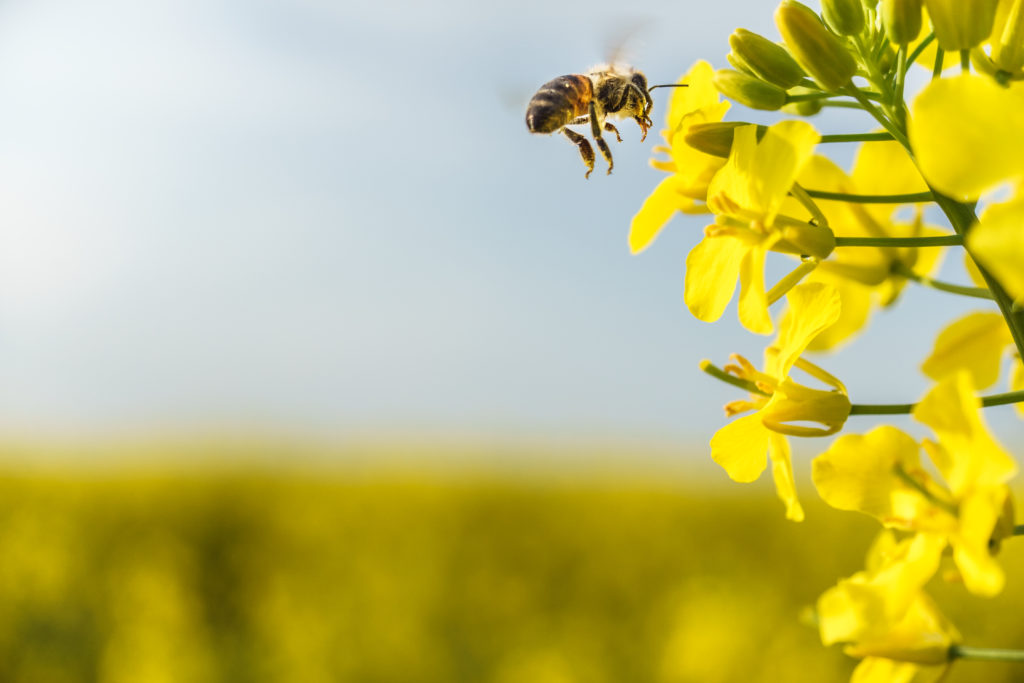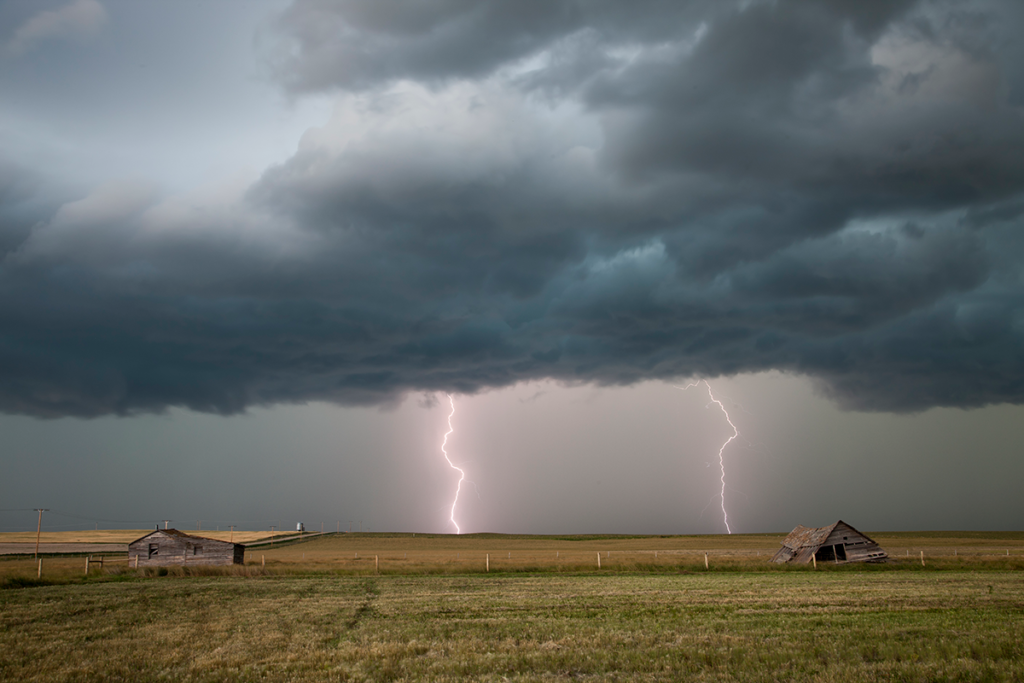
It Happened to One of Us
2022 Producer Reported Occurrence
(Source: AgSafe Alberta)
| Description | Injury Type | Age Range | Sector | WCB Code |
| Undisclosed | Non-serious injury | Undisclosed | Undisclosed | Undisclosed |
What happened
AgSafe Alberta received a report from a producer who has employees and Workers’ Compensation Board (WCB) – Alberta coverage. The producer made a report to WCB within the 72-hour reporting period as they are required to do. Sometime later, Alberta Occupational Health and Safety (OHS) contacted the farm via email stating that it appeared the farm may have experienced a Potentially Serious Incident (PSI).
What many do not realize is that the OHS Potentially Serious Incidents Surveillance Program regularly reviews alternative sources of information (this includes WCB data amongst others) to confirm the types and volumes of PSIs that are being reported to OHS. For more information on why and how this happens, refer to the Alberta Government Potentially Serious Incidents Surveillance Program Guide.
When to report a PSI
While it is not made terribly clear, according to the Alberta Government, an incident should be reported as a PSI if:
- The incident had a likelihood of causing a serious injury or illness; or
- If there is reasonable cause to believe that corrective action may need to be taken to prevent it from happening again.
PSIs are also not limited to incidents involving workers. Even if an incident did not involve a worker, but it potentially could have involved a worker, it should still be reported as a PSI to Alberta OHS.
What to expect
The Potentially Serious Incidents Surveillance Program has opened the door for more contact with and monitoring of employers, as well as for more OHS inspections of worksites. It is important not to ignore this program, as both not reporting any PSIs or reporting several PSIs can bring your operation to the attention of Alberta OHS and possibly initiate an inspection.
What you can do
AgSafe Alberta recommends reviewing the information contained in links below, as well as reaching out to us at info@agsafeab.ca with questions that you may have.
Government of Alberta Potentially Serious Incident Reporting
Alberta Government PSI Webinar
CLICK HERE TO CONTACT US AT INFO@AGSAFEAB.CA
WE CAN ANSWER QUESTIONS, OFFER SUPPORT,
AND PROVIDE YOU WITH RESOURCES THAT WILL
MAKE SAFETY ON YOUR FARM PRACTICAL AND ACHIEVABLE.
Hydration and Heat Stress
Staying hydrated is one of the best ways to protect yourself and the people working on your farm from heat stress. Things like high temperatures, high humidity, direct sun, limited air movement, physical exertion, personal protective equipment, medications, illness and even age can affect the likelihood of someone becoming ill due to heat. Remember to:
Hydrate before starting work. It is easier to stay hydrated than it is to try and catch up while you work.
Hydrate while you work. If you wait until you are feeling thirsty to drink something, you have already started to become dehydrated.
Hydrate after work. It may take time to get properly hydrated after work, and chronic dehydration puts you at risk for several medical conditions (e.g., kidney stones).
Click here to download and print AgSafe Alberta’s Hydration and Heat Stress Toolbox Talk to share with the people on your farm.


Watch for Bee and Wasp Nests
It’s not uncommon to hear about someone unexpectedly encountering a bee or wasp while fixing fence lines or going into a shed to grab something. As you head out to work, keep the following in mind:
- It is essential to pre-inspect (scan) the work area for hazards before starting any task, and if you spot a nest, ensure everyone you are working with is aware of it as well.
- If possible, avoid going into the area until late summer or fall when the insects become dormant or if you know an experienced beekeeper who can safely move a nest, you may wish to reach out to them.
- If you must use an insecticide, be sure to read the label, safety data sheet (SDS) and always follow the manufacturer’s instructions.
Key points to remember:
- Bees and wasps won’t typically sting unless they are aggravated.
- Warm, dry conditions can increase the wasp population.
- While we commonly recognize bees as pollinators, many don’t recognize wasps are as well and are an important part of the ecosystem supporting our food crops.
- Don’t wear perfume/cologne, use scented bodywash or soaps, or do anything else that may attract bees and wasps.
- If a bee or wasp does decide to land on you, don’t panic. You can calmly and gently brush it off you or wait for it to leave you alone.
Click here to download and print AgSafe Alberta’s Preventing Insect Stings Toolbox Talk.
Click here to download and print AgSafe Alberta’s Allergic Reactions to Insect Stings Toolbox Talk.
Click here to download and print the Alberta Government’s Working Safely in the Heat and Cold publication.
SAFETY FIRST, LAST THOUGHTS
Using the UV Index
Are you familiar with the UV index? Do you use it when planning work outdoors? If not, this simple and handy tool can help you identify appropriate precautions to take when working or playing outdoors.
The premise is simple: the higher the UV Index, the more protective measures that need to be taken.

Source: Government of Canada
Click here to download and print AgSafe Alberta’s Using the UV Index Scale Toolbox Talk.
Click here to download and print AgSafe Alberta’s Sun Safety Tips Toolbox Talk.
Click here to download and print Great Plains Center for Agricultural Health’s Skin Cancer and You Bulletin
Lightning Safety

Severe storms can develop quickly in Alberta, bringing with them high winds, hail and lightning. Lightning is unpredictable and can travel several kilometres away from the storm cloud itself. While it is very important to go to a safe place at the first signs of an approaching thunderstorm, it is still possible to get caught in a storm.
For tips on how to protect yourself and others on your farm from lightning, download and print AgSafe Alberta’s Lightning Safety Toolbox Talk.

Source: 1Government of Alberta. March 2020. Thunderstorms, lightning, and hail. Accessed November 19, 2021 from https://open.alberta.ca/dataset/fc4b3561-73e0-4dd3-8554-c995d9ece0ab/resource/104405d8-5435-4511-b52c-420b7357784f/download/ma-thunderstorms-lightning-hail-fact-sheet.pdf
CONTACT US
For general inquiries: info@agasafeab.ca /403-219-
For our hotline for incidence assistance: 1-833-9AGSAFE
